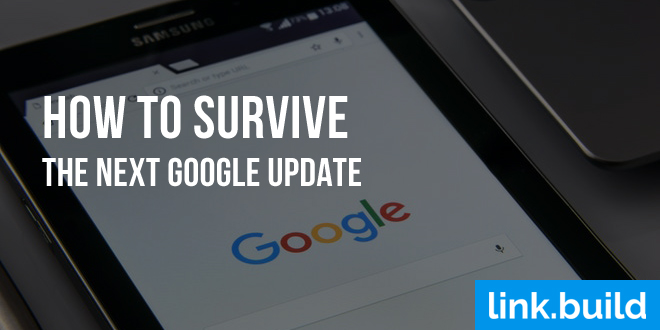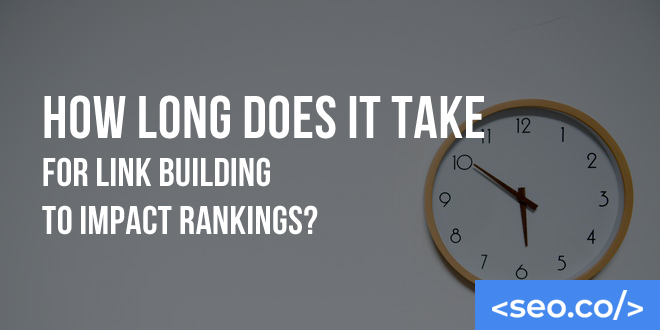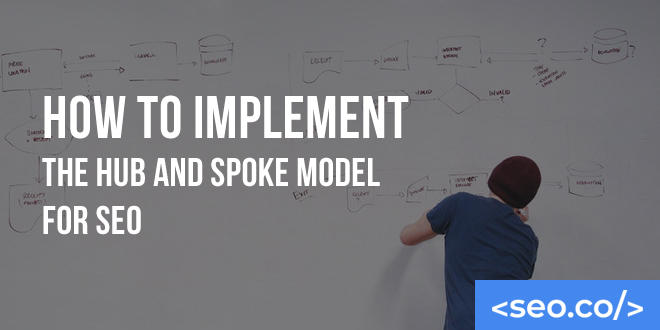
What Is Parasite SEO?
If you’re squeamish, don’t worry. This isn’t that kind of parasite. And if you’re a movie buff, you should know this has nothing to do with the 2019 South Korean film. No, this is a different type of parasite. Arguably, a positive parasite. One that can support your website in some highly profitable, tempting ways. And it’s getting more popular. Because it works. So let’s dig in and figure this out. What exactly is parasite SEO? Should you use parasite SEO for your own website? And how, pray tell, do you practice it? Parasite SEO: An Introduction Search engine optimization (SEO) is a tried-and-true digital marketing strategy that’s been pursued by small and large businesses alike since search engines first rose to prominence in the late 1990s. The idea goes that by developing great content, optimizing for commonly searched terms, and building your authority with links, you’ll eventually rank higher in search engine results pages (SERPs), resulting in much more traffic to your website. But there are a few problems with this approach in the modern era. For starters, there are more than 200 Google ranking factors that need to be considered in your SEO strategy. Learning and mastering them takes a considerable amount of time and effort, which you may or may not be able to afford. On top of that, you’ll have dozens, or even hundreds of top-tier competitors to deal with. These are often companies with well-established authority and expertise, making them difficult to displace in results pages. Building up your own authority and helping your internal pages rank in search engines is, at times, an unaffordable and impractical premise. Parasite SEO may be the answer. As the name suggests, this strategy puts you in the position of a parasite, leeching off the authority of a more established player. In this strategy, you’re not going to be focused on boosting the authority or organic search rankings of your own pages, per se. Instead, you’re going to place an excellent piece of content on a publishing site that already has a massive amount of authority and traffic. If you can get this piece to rank highly, which should be easier than getting your own internal content to rank highly, you can benefit from brand visibility, referral traffic, and greatly increased conversions. Is Parasite SEO Effective? Is parasite SEO good for your website? The short answer is absolutely. Parasite SEO is unlike traditional SEO, since you won’t be focusing on building your own authority or increasing your own ranks. So, if you’re trying to define success as purely organic traffic increases or increases in rankings for your internal pages, parasite SEO is arguably ineffective. But parasite SEO is highly effective at generating more traffic and more conversions for your website, which is probably the ultimate goal of your traditional SEO strategy already. If you find the right publisher, produce an excellent piece of content, and get it in front of an audience who actually wants to read it, you could easily multiply your inbound traffic figures and secure more conversions and revenue. If you can get several pieces published, you’ll be able to multiply these results many times over. But it’s important to note that parasite SEO is not without its downsides or risks. Parasite SEO: Strengths and Weaknesses These are the greatest strengths of parasite SEO: Immediate results. Traditional SEO practices are effective, but time consuming. It can take months, or even longer in competitive environments, so if your business needs early momentum, or if you’re operating on a thin budget, traditional SEO is unpalatable on the surface. Parasite SEO has the potential to bring you immediate, or nearly immediate results. Publishers with established authority have already worked for years to solidify that authority, and you can capitalize on it with a single piece. Obviously, this isn’t a guarantee, and you might have to promote and support the piece you publish with them – but this process is certainly much faster than mainstream SEO. Authority leverage. Building your own authority is more than consuming; it’s legitimately challenging. Building the wrong links, suffering from search algorithm volatility, or dealing with aggressive competitors can all destabilize even the best authority building practices. But with parasite SEO, you’ll be leveraging authority that already exists. It’s like buying a house and moving in, rather than planning and constructing your own house from scratch. Traffic and revenue generation. Many proponents of parasite SEO are especially taken with the potential for traffic and revenue generation. Search optimizers sometimes miss the forest for the trees, tracking metrics like organic search rankings rather than traffic or conversions. But traffic and revenue generation are what really count. Pursuing parasite SEO, instead of or in addition to traditional SEO, gives you a kind of shortcut to these key performance indicators (KPIs). Competition mitigation. Practicing parasite SEO may be a valuable way to avoid your biggest and most threatening competitors as well. If you have rivals who have spent the last decade establishing their online presence and publishing excellent content, you’re going to have trouble beating them at their own game, even if you have internal resources to support this approach. But if you can take advantage of publishers who have also spent the last decade establishing their online presence, you’ll have a critical advantage. Cost savings. For reasons that should be obvious, parasite SEO isn’t particularly expensive. You’ll have to pay people to help you do outreach, write content, and follow up, but these costs pale in comparison to the costs of establishing your own traditional SEO strategy from scratch. For a few hundred to a few thousand dollars, you can get a piece of traffic-generating content on one of the most important publishing sites for your niche – and be rewarded handsomely for it. Risk mitigation. Focusing all your SEO efforts on your own site can be risky. If your content is thin, if your backlinks are weak, or if you otherwise follow black hat practices,







